The other day I hopped on the scale (which I hadn’t done in quite some time) and was disgusted! I had put on much more than the “COVID 10 pounds” that I was expecting to see and even excusing myself for gaining! But that number was mirroring what I was feeling. It was more than the tight jeans and the extra thick love handles caused (I’m sure) by the “dryer shrinkage story” I tell myself. I was experiencing a real lack of energy, foggy thinking, trouble sleeping and nasty mood swings. How did I get to this point? Wasn’t eating less and working out almost daily enough?
Then I remembered this graphic that I had found when researching hunger problems we at Project 216 are tackling.
 The number that startled me the most was not the 800 million people that are food insecure (which in itself is horrifying!) but the 1.9 BILLION adults overweight and obese out of 2 BILLION across the world not getting the proper nutrition in their diet. That’s 34.9% of people in the world under the age of 18! And, yes…it’s happening right here in the US!
The number that startled me the most was not the 800 million people that are food insecure (which in itself is horrifying!) but the 1.9 BILLION adults overweight and obese out of 2 BILLION across the world not getting the proper nutrition in their diet. That’s 34.9% of people in the world under the age of 18! And, yes…it’s happening right here in the US!
And…yes, it’s happening right here in my own home. I’m one of the 2 BILLION! Enough is enough!
A Simple Plan
I realized that I wasn’t very intentional when it came to feeding my family. Most times, I was just dashing in to grab something easy at the grocery or fast-food restaurant. Perhaps making and keeping a plan to turn things around will make a difference in my health and the health of my family.
- Awareness – Regular meals don’t always equal good nutrition. So first it’s important to be aware of what we need for our bodies, what is good nutrition. While I had studied this a bit many years ago in school, information has and keeps changing. I did an internet search on micronutrients and nutrition and found plenty of great information to develop a plan. There are foods to add (e.g. 5 daily servings of fruits and vegetables) and foods to subtract (e.g. foods that contain sugar, high-fructose corn syrup). My healthcare network also has nutritionists who are there to help. I’m finding that I wasn’t doing an awful job of feeding my family but there was definitely room for improvement.
- Team Effort – Next, I needed to get my family on board (hopefully to avoid some complaining) by also making them aware of what they are putting into their mouths. After all, we are what we eat, right? Having regular conversations about how they are feeling and how they can feel even better just by eating right helps them be intentional too. Getting them involved in meal planning, shopping and meal preparation can also bring additional awareness and prepare them for their future.
- Be Intentional – Being intentional includes spending just a few more minutes at the grocery comparing labels to get the best nutrition. I’m now looking for foods that are higher in protein and lower in carbohydrates and spending less time in the prepackaged food aisle and more on meals that I and my family can create. Eating better might cost a bit more but I can easily justify that with less expense related in trips to the doctor, sick days, etc. Besides, reducing expense on the sugary snacks/desserts can offset the cost of good food as well.
- Reinforce – Another tool to use is bringing my family to Project 216 Meal Packing Events. There others (besides just mom) explain the impact of malnutrition and hunger and the event gives them an opportunity to do something about it. Working the event together not only burns off calories but allows them to flex their “serving” muscles and strengthen our bonds as a family.
The Result
Malnutrition shows up in many forms – under-nutrition (wasting, stunting, under weight), inadequate vitamins or minerals, overweight and obesity. It results in diet-related non-communicable diseases such as heart disease, stroke, diabetes and some cancers. And the rate of childhood overweight and obesity is rising all over the world. The developmental, economic, social, and medical impacts of global malnutrition are serious and lasting, for individuals and their families, for communities and for countries. Providing good nutrition for our families has long lasting effects, not only on their physical development, but also on their mental and emotional growth. What a legacy to leave!

Thanks for sharing your thoughts. I truly appreciate your efforts and I will be waiting for your next post thank you once again. Myrta Branden Taggart
I every time emailed this weblog post page to all my friends, for the reason that if like to read it afterward my contacts will too. Bessie Salvatore Sieracki
This is a great inspiring article. I am pretty much pleased with your good work. You put really very helpful information.. Vinita Raff Paver
Im obliged for the article. Much thanks again. Really Cool. Davina Joshua Meggs